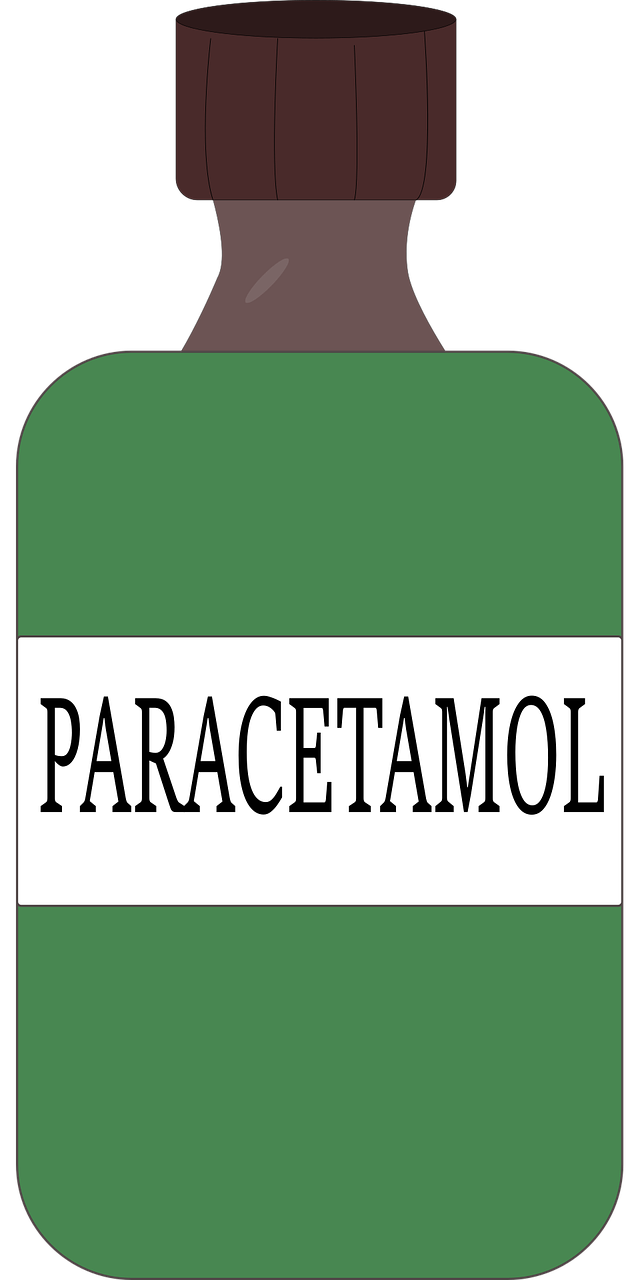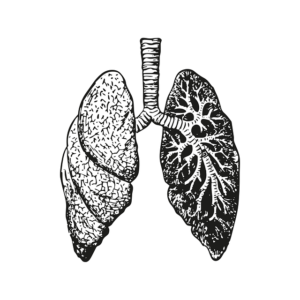
Image Source: FreeImages
## Introduction to Paracetamol
Paracetamol, also known as acetaminophen, is a widely used over-the-counter medication for pain relief and fever reduction. It is considered one of the most commonly consumed drugs globally. Paracetamol is available in various forms, including tablets, capsules, syrups, and suppositories, making it easily accessible to individuals of all ages.
The Difference Between Paracetamol and Acetaminophen
Before we delve deeper into the side effects of paracetamol, it’s essential to understand the difference between paracetamol and acetaminophen. Interestingly, these terms are used interchangeably, but they refer to the same active ingredient. Paracetamol is the common name used in most countries, while acetaminophen is predominantly used in the United States.
Understanding the Side Effects of Paracetamol
While paracetamol is generally considered safe when used as directed, it is not without its side effects. One of the most common side effects of paracetamol is liver damage. Overdosing or prolonged use of paracetamol can lead to liver toxicity, which can be life-threatening if not promptly addressed. Other side effects may include allergic reactions, skin rashes, and gastrointestinal issues such as stomach ulcers and bleeding.
Paracetamol Dosage and Safety Guidelines
To minimize the risk of side effects, it is crucial to adhere to the recommended dosage and safety guidelines when using paracetamol. The standard adult dosage for paracetamol is usually 500mg to 1000mg every four to six hours, with a maximum daily dose of 4000mg. However, it is important to note that the dosage may vary depending on factors such as age, weight, and underlying medical conditions. It is always advisable to consult a healthcare professional or refer to the product packaging for accurate dosing instructions.
Paracetamol vs Other Pain Relievers – Acetaminophen, Ibuprofen, and Tylenol
Paracetamol is often compared to other pain relievers such as acetaminophen, ibuprofen, and tylenol. While they all serve the same purpose of alleviating pain and reducing fever, there are notable differences between them. Acetaminophen and paracetamol are essentially the same, as mentioned earlier. Ibuprofen, on the other hand, belongs to a class of drugs called nonsteroidal anti-inflammatory drugs (NSAIDs) and works by reducing inflammation in addition to relieving pain. Tylenol, which is a brand name for acetaminophen, is commonly used in the United States.
The Dangers of Overusing Paracetamol
Overusing paracetamol can have severe consequences for your health. As mentioned earlier, liver damage is one of the most significant risks associated with paracetamol overdose. The liver plays a vital role in metabolizing paracetamol, and excessive intake can overwhelm its detoxification mechanisms. This can lead to liver failure, which can be fatal. Additionally, long-term overuse of paracetamol may contribute to gastrointestinal issues, kidney damage, and an increased risk of heart problems.
Paracetamol and Its Interaction with Other Medications
It is crucial to be aware of the potential interactions between paracetamol and other medications you may be taking. Certain drugs, such as blood thinners and certain antibiotics, can interact with paracetamol and increase the risk of adverse effects. Always inform your healthcare provider about all the medications you are taking to ensure there are no potential drug interactions.
Paracetamol Alternatives for Pain Relief
If you are concerned about the potential side effects of paracetamol or if it is not suitable for you due to specific medical conditions, there are alternative pain relief options available. Ibuprofen, aspirin, and naproxen are some common alternatives that can be effective in managing pain and reducing fever. However, it is crucial to consult with a healthcare professional before switching to any alternative medication.
How to Use Paracetamol Safely
To ensure the safe use of paracetamol, it is important to follow a few guidelines. Firstly, always read and follow the instructions on the packaging or as directed by your healthcare provider. Never exceed the recommended dosage or frequency of use. If your symptoms persist or worsen, consult a healthcare professional rather than increasing the dose. Additionally, be cautious when using multiple medications containing paracetamol to avoid accidental overdose.
Conclusion and Final Thoughts on Paracetamol Side Effects
Paracetamol is a widely used medication for pain relief and fever reduction. While it is generally safe when used as directed, overusing paracetamol can lead to serious side effects, particularly liver damage. It is important to adhere to the recommended dosage and safety guidelines, as well as being aware of potential interactions with other medications. If you have concerns about the side effects of paracetamol or if it is not suitable for you, consult with a healthcare professional to explore alternative pain relief options.
Remember, always prioritize your health and seek medical advice when in doubt.




